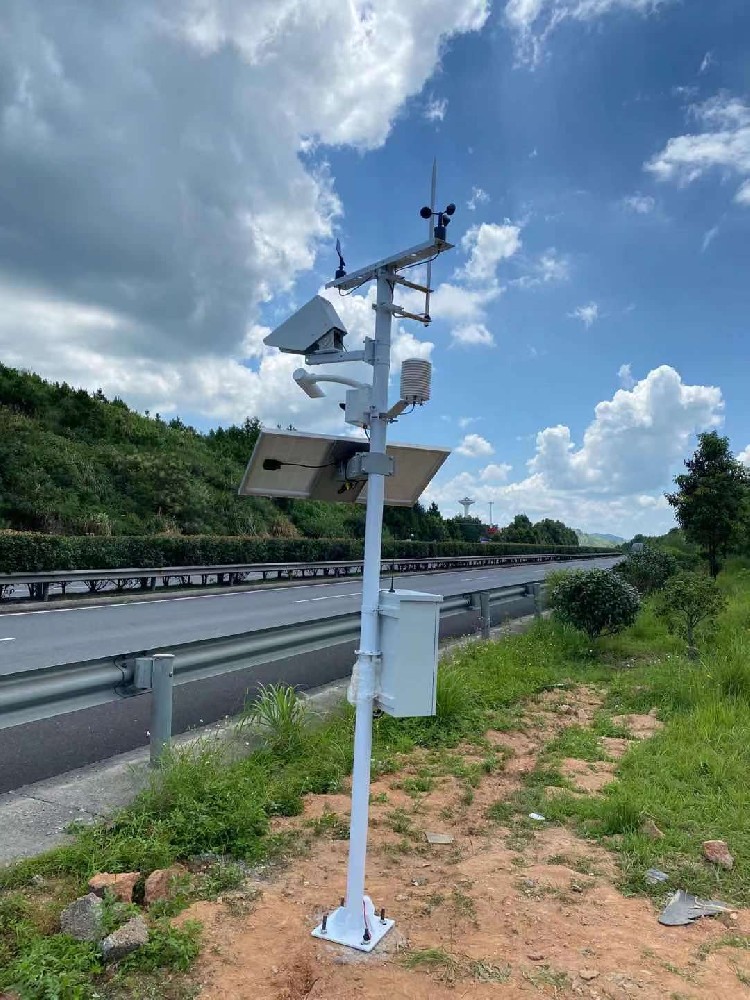

— Blogs —
—Products—
 Consumer hotline +8618073152920
Consumer hotline +8618073152920 WhatsApp:+8615367865107
Address:Room 102, District D, Houhu Industrial Park, Yuelu District, Changsha City, Hunan Province, China
Product knowledge
Time:2024-07-07 17:32:48 Popularity:5750
1. What is visibility in weather?
Visibility is the maximum horizontal distance at which an observer can clearly see and recognize objects at a certain distance under certain weather conditions, and it is affected by the optical clarity of the air. It is an important parameter in weather forecasting and is affected by a variety of factors such as the presence of water droplets or ice crystals in the air (e.g. fog or clouds), dust, smoke, pollution and the angle of the sun relative to the horizon.
In meteorology, visibility is an important measure of atmospheric transparency, which has a significant impact on people's daily life, transportation and aviation safety.
2. How is visibility measured?
Visibility can be measured by a variety of methods, including ground observation, airborne observation, and the use of automated instruments. Visibility is usually measured in meters (short distance) or kilometers (long distance). The following are some of the main methods of measurement:
Ground-based observation
Manual Observation: This is the earliest and most traditional method of measurement, in which visibility is estimated by a ground observer using the naked eye or binoculars to observe a distant target object (e.g. a black target panel, a lighthouse, etc.) and based on its clarity. This method, although intuitive, is heavily influenced by the subjective judgment of the observer.
Use of specialized equipment: With the development of science and technology, it is now possible to use automated equipment such as visibility meters and scatterometers for visibility measurements. These devices calculate visibility by emitting a laser beam or beam of light and measuring how much it is weakened by scattering or absorption as it travels through the air.
Satellite:Satellite imagery can also provide visibility information, especially over large areas. By analyzing the amount of light reflected from the Earth's surface, meteorologists can estimate the visibility of different areas.
Aerial observation
In aviation, pilots assess visibility during flight based on their visual perception, which is critical to ensure flight safety. In addition, some aircraft will be equipped with automated visibility measurement systems to provide more accurate visibility data. How do you measure visibility?

3. How is visibility calculated?
The calculation of visibility is usually based on the propagation properties of light through the atmosphere. Here is a simplified method of calculation:
uses the Meteorological Optical Range (MOR) as the standard. The MOR is the length of the path traveled by a parallel beam of light emitted by an incandescent lamp of a specific color temperature (e.g., 2700 K) as it is attenuated in the atmosphere to a certain percentage (e.g., 5%) of its initial luminous flux.
In actual measurements, a beam of light is emitted by an automated device and the extent to which it is attenuated by scattering or absorption as it travels through the atmosphere is measured. Based on this measurement and the definition of MOR, the current visibility value can be inverted.
It should be noted that the calculation of visibility involves a number of complex factors, including the concentration of particulate matter in the atmosphere, humidity, temperature, and so on. Therefore, in practical applications, professional measurement equipment and algorithms are usually used to ensure the accuracy and reliability of the measurement results.
In summary, visibility is an important indicator of atmospheric transparency, which is measured and calculated by various methods. Visibility is a complex measurement that can vary greatly depending on atmospheric conditions. It is an important parameter for aviation, road safety and outdoor activities and is closely monitored by meteorological agencies around the world.
Related recommendations
Sensors & Weather Stations Catalog
Agriculture Sensors and Weather Stations Catalog-NiuBoL.pdf
Weather Stations Catalog-NiuBoL.pdf
Related products
 Combined air temperature and relative humidity sensor
Combined air temperature and relative humidity sensor Soil Moisture Temperature sensor for irrigation
Soil Moisture Temperature sensor for irrigation Soil pH sensor RS485 soil Testing instrument soil ph meter for agriculture
Soil pH sensor RS485 soil Testing instrument soil ph meter for agriculture Wind Speed sensor Output Modbus/RS485/Analog/0-5V/4-20mA
Wind Speed sensor Output Modbus/RS485/Analog/0-5V/4-20mA Tipping bucket rain gauge for weather monitoring auto rainfall sensor RS485/Outdoor/stainless steel
Tipping bucket rain gauge for weather monitoring auto rainfall sensor RS485/Outdoor/stainless steel Pyranometer Solar Radiation Sensor 4-20mA/RS485
Pyranometer Solar Radiation Sensor 4-20mA/RS485
Screenshot, WhatsApp to identify the QR code
WhatsApp number:+8615367865107
(Click on WhatsApp to copy and add friends)
